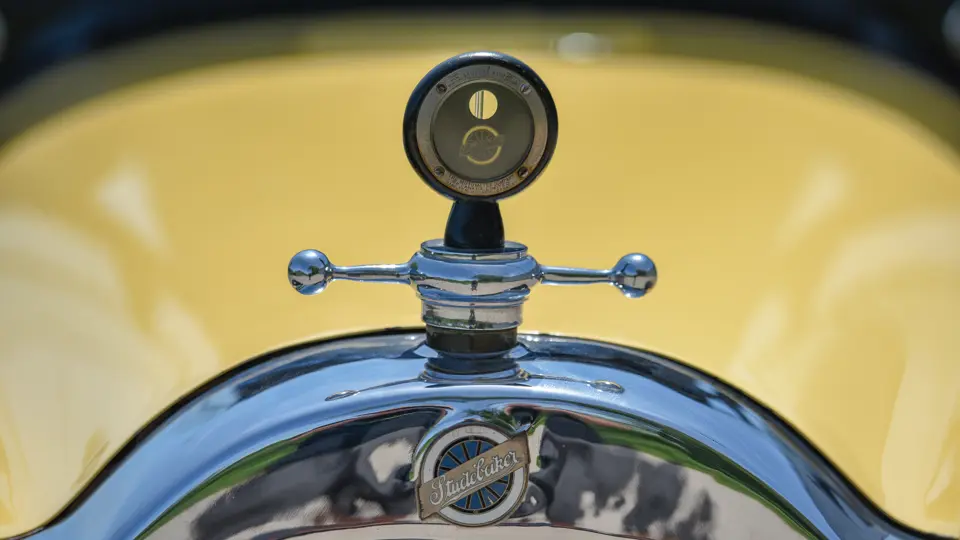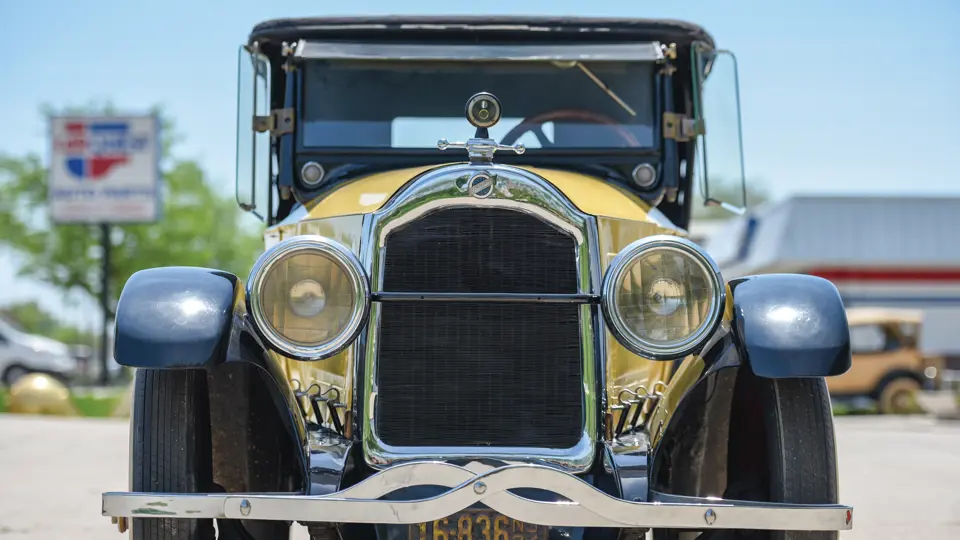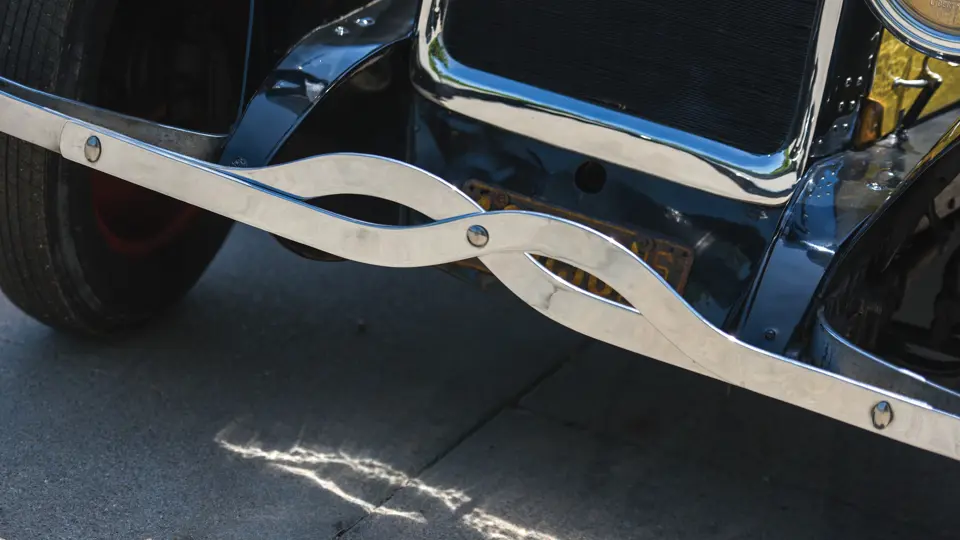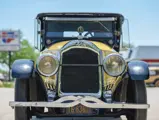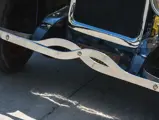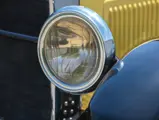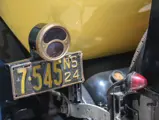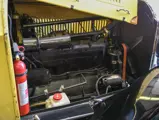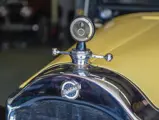Having spent half a century building some of the nation’s most popular horse-drawn vehicles, the Studebaker brothers ventured into self-propelled mobility in 1902 with an electric car. Reaching the mainstream took longer and involved collaboration with the Garford Company of Elyria, Ohio, and later, the acquisition of Everett-Metzger-Flanders of Detroit. The result was Studebaker Corporation, based in the brothers’ hometown of South Bend, Indiana. By the early 1920s, the corporation was selling three series of Studebakers priced in the middle and upper-middle price segments of the industry. For 1922 they sold more than 110,000 cars, placing fifth behind Ford, Chevrolet, Dodge, and Buick.
For 1923 there were three series: Model EM, the Light Six; EL, a Special Six; and EK, Big Six, in ascending order of price and, not coincidentally, power. Displacement ranged from 207 cubic inches in the Light Six to 354 for the Big Six. The Special Six was right in the middle, at 287 cubic inches, 50 bhp, and a 119-inch wheelbase.
This Model EL Special Six tourer was purchased from Doug Foeller of Naples, Florida, in 1998. The recipient of a 600-hour complete and accurate restoration, it is painted yellow with black fenders, attractively pinstriped in black. This contrasts markedly with red disc wheels and whitewall tires. The upholstery, in black pleated leather, is new. Accessories include wind wings, a full-width rearview mirror at the top of the windshield, chrome front and rear bumpers, a dog-bone radiator cap with MotoMeter temperature gauge, and a rear-mounted steel trunk located behind the spare tire. Accessory turn signals have been unobtrusively added.
The engine compartment is clean and correctly appointed, while not over-detailed. Studebaker built more than 146,000 cars in 1923, placing seventh in the auto industry. This car is a very attractive example.





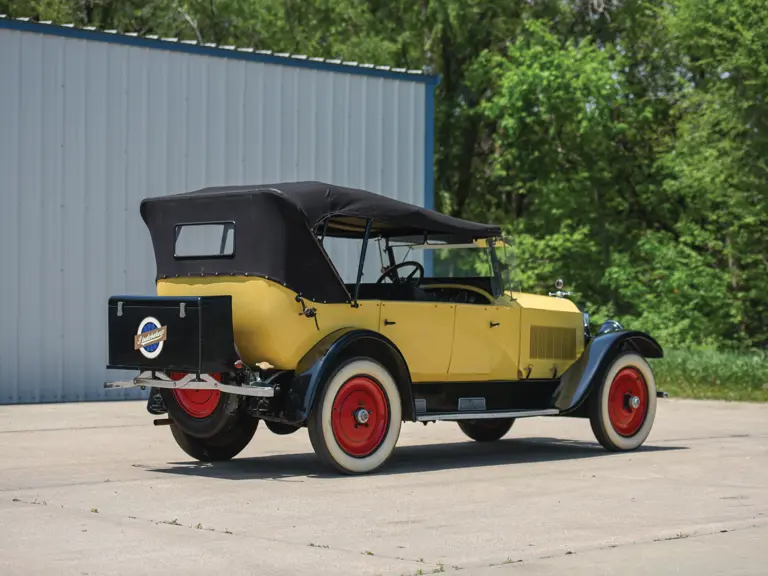


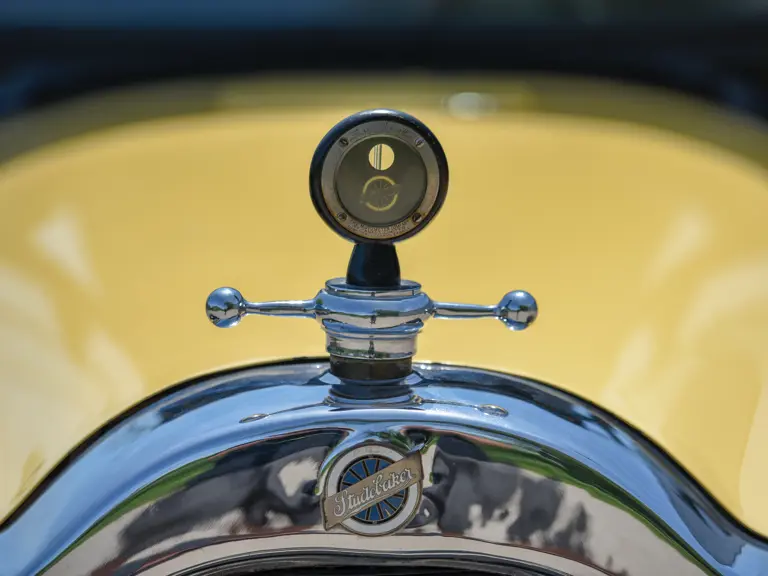
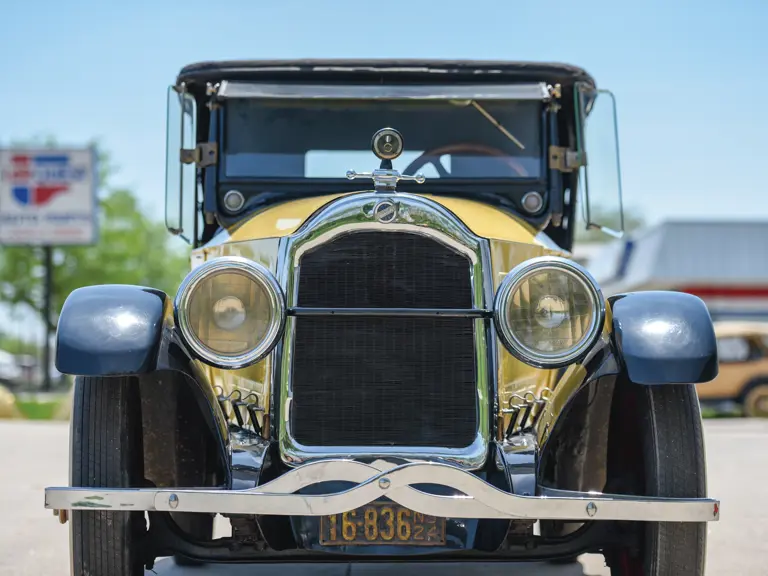
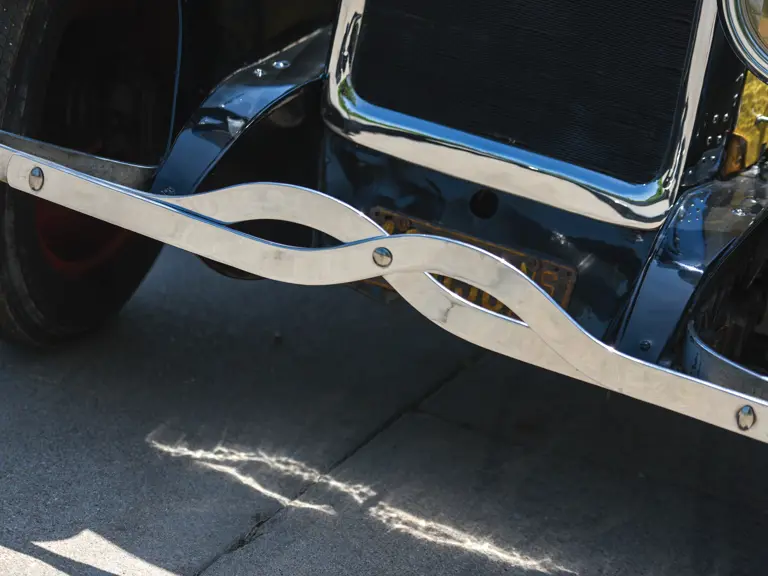
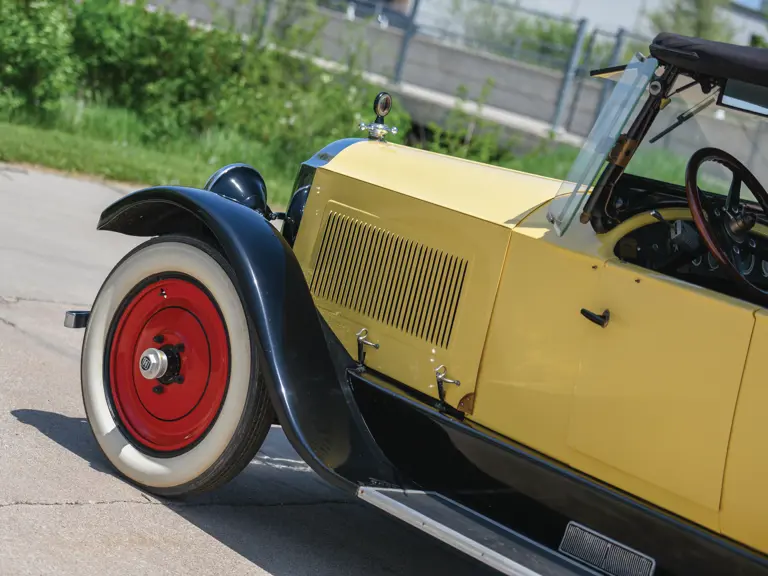
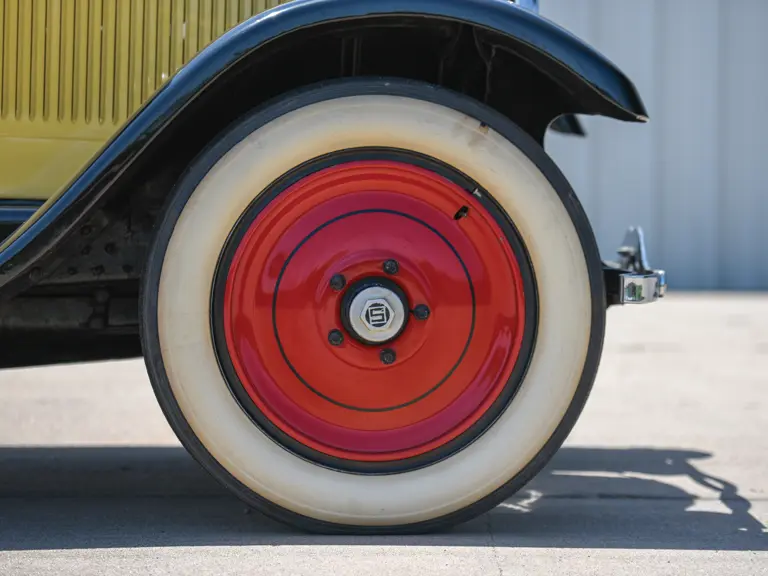
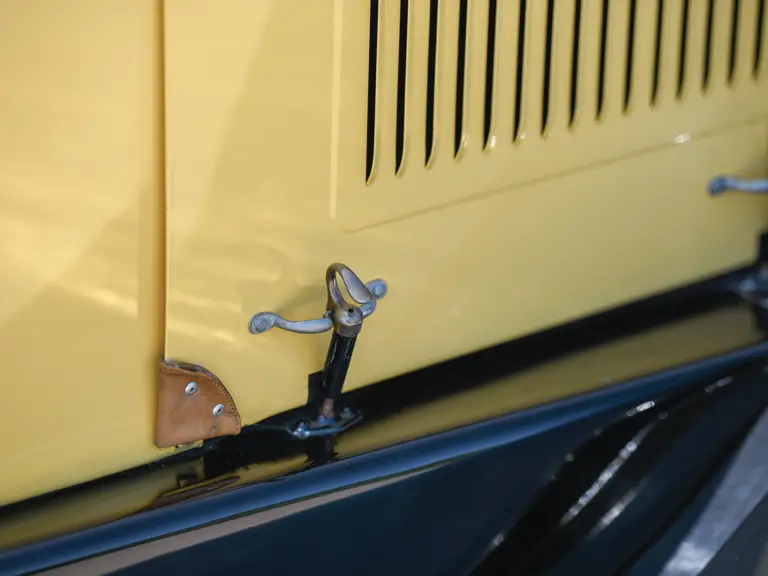
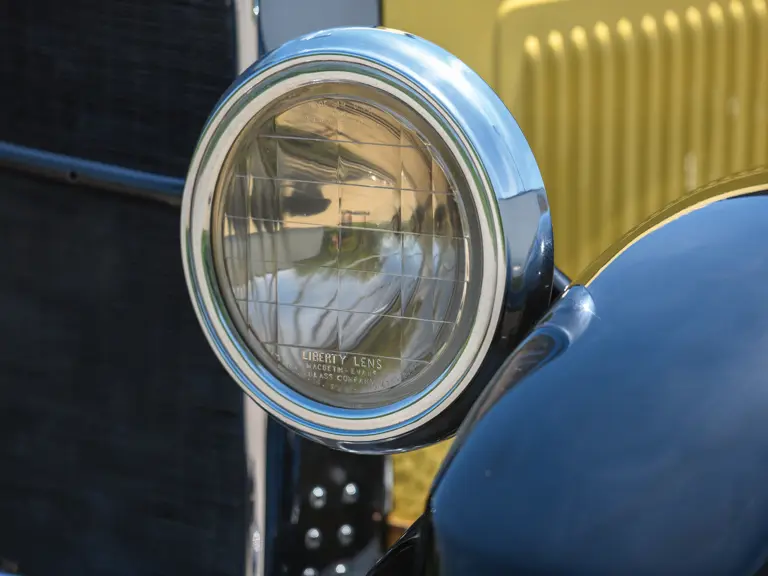
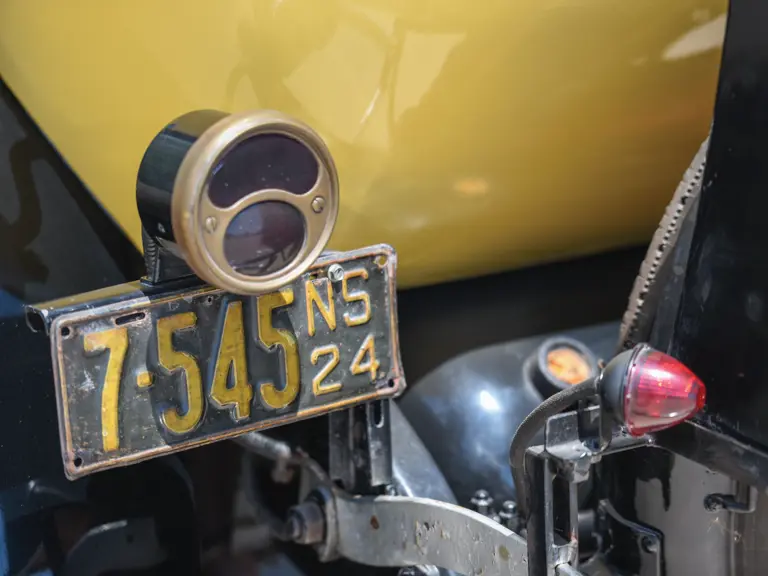
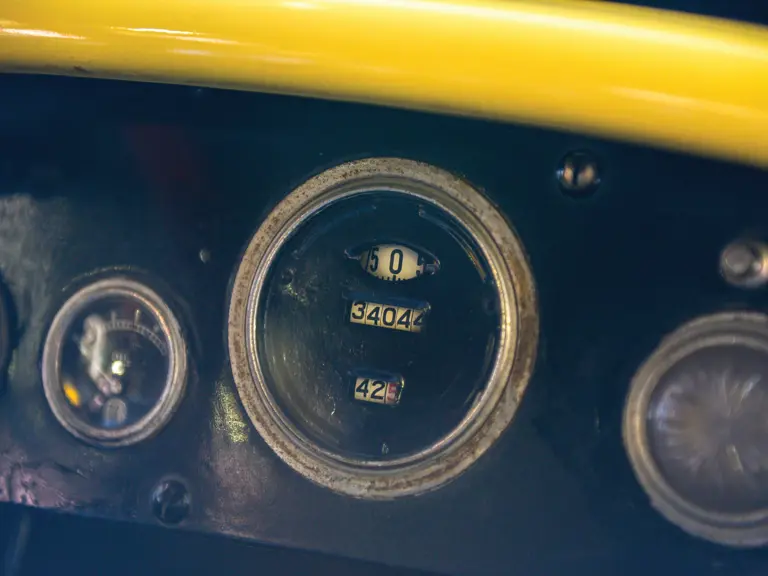
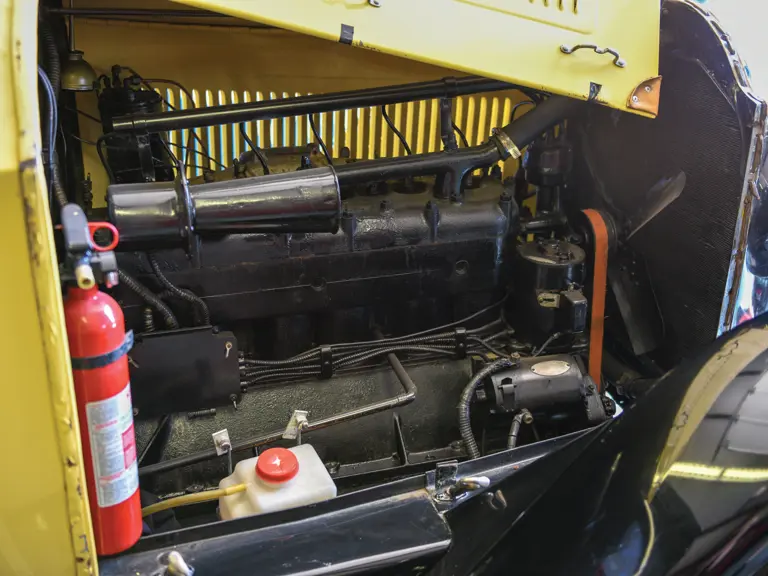
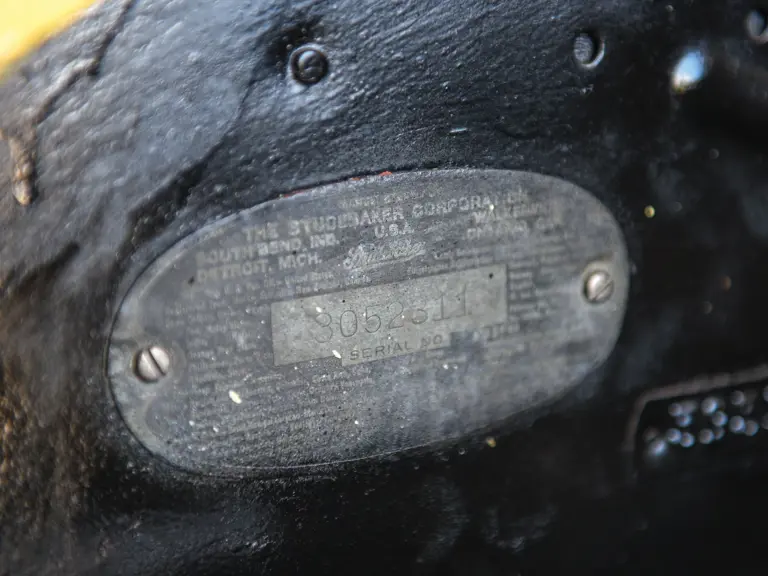
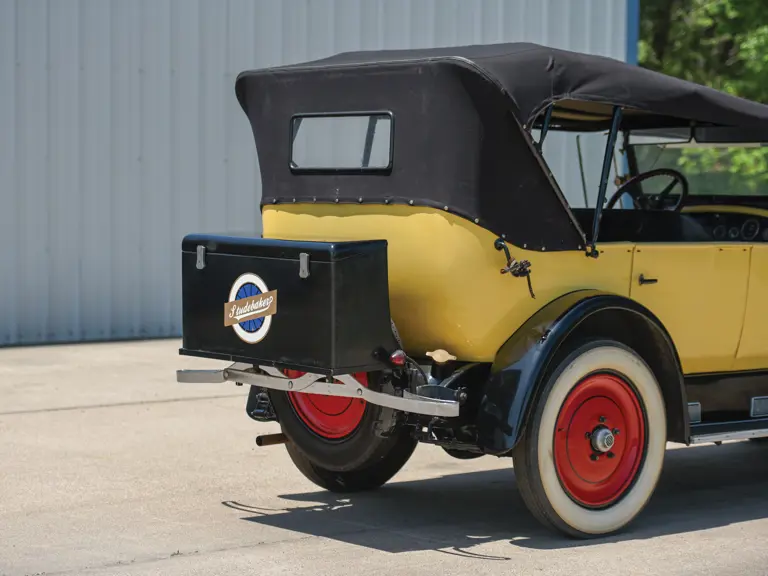
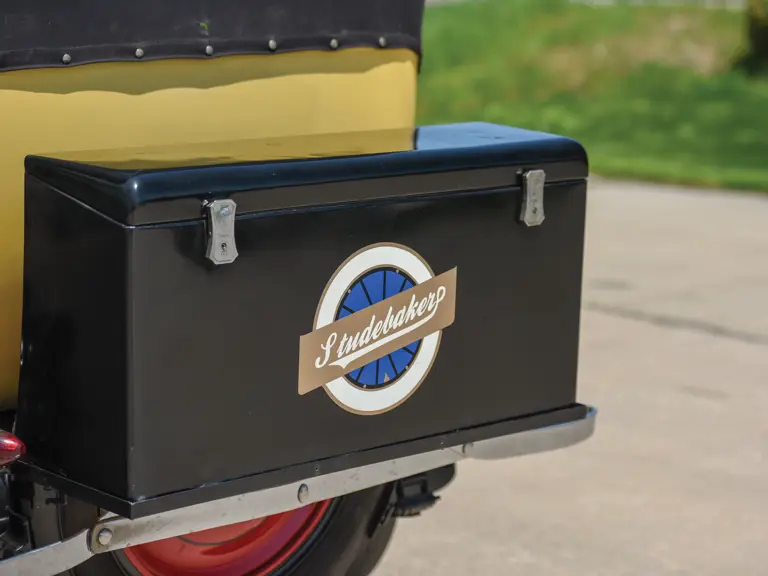

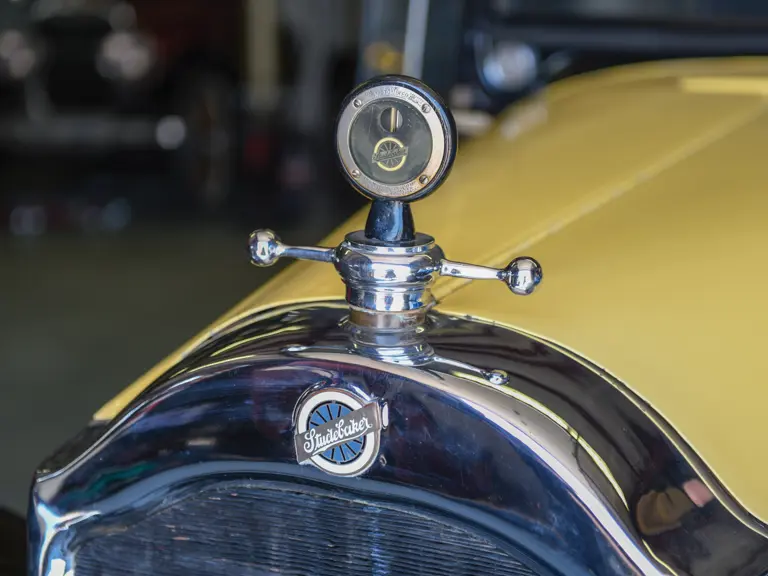
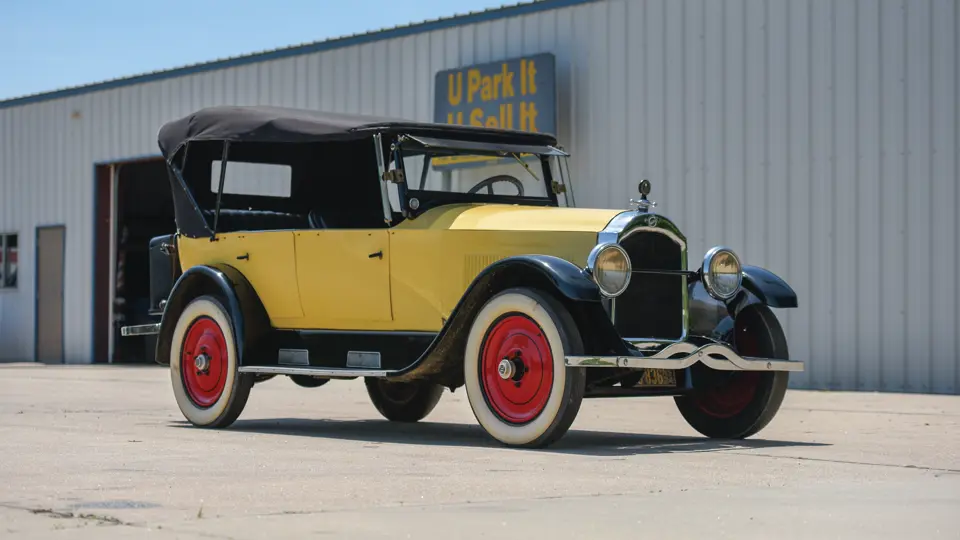
 | Hershey, Pennsylvania
| Hershey, Pennsylvania
